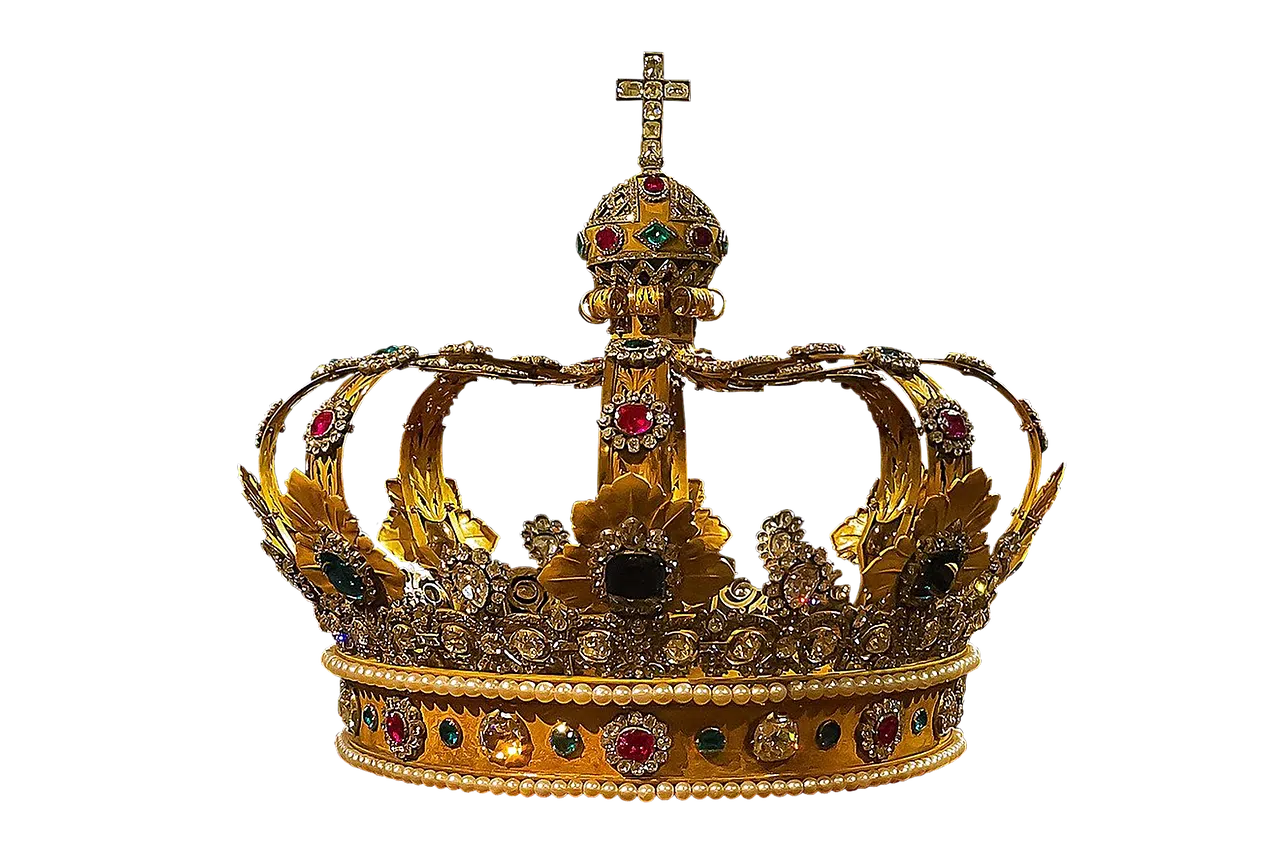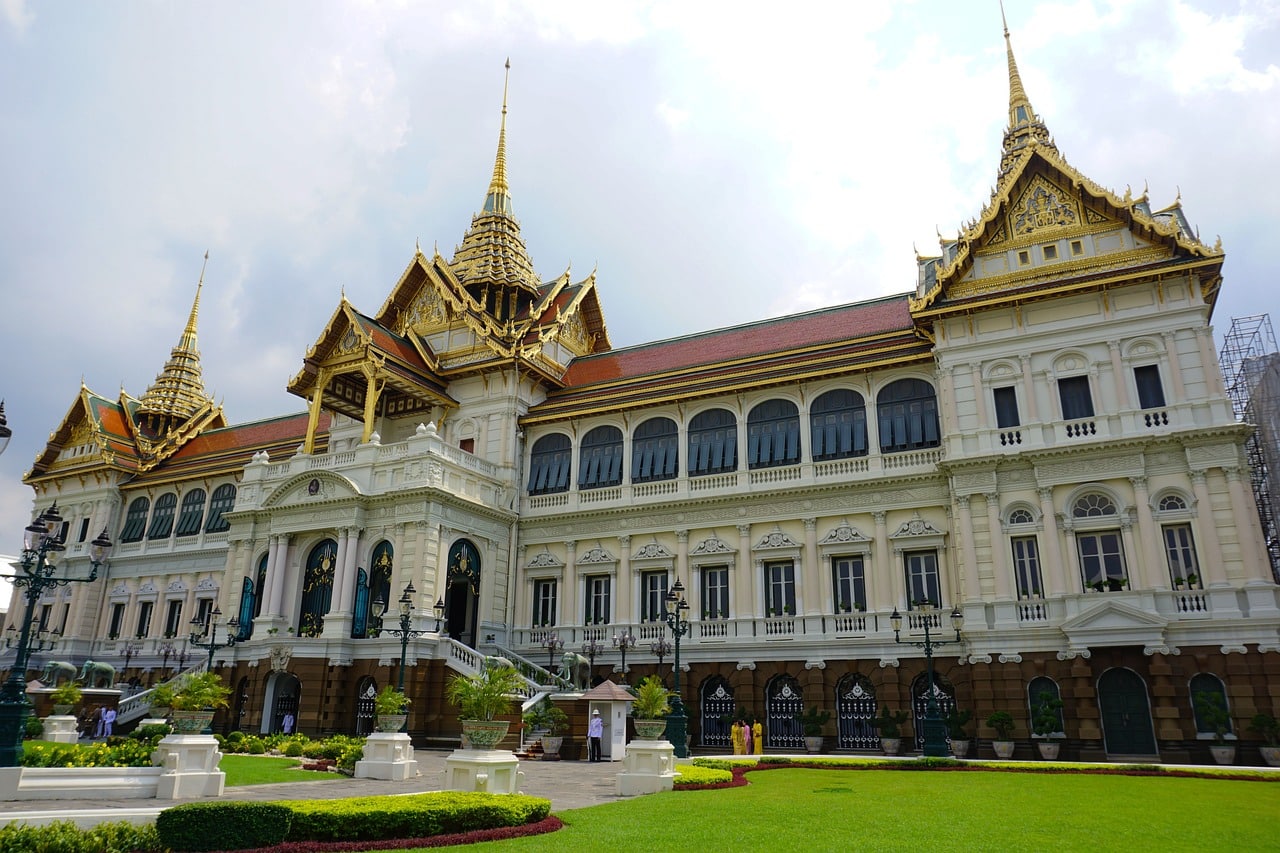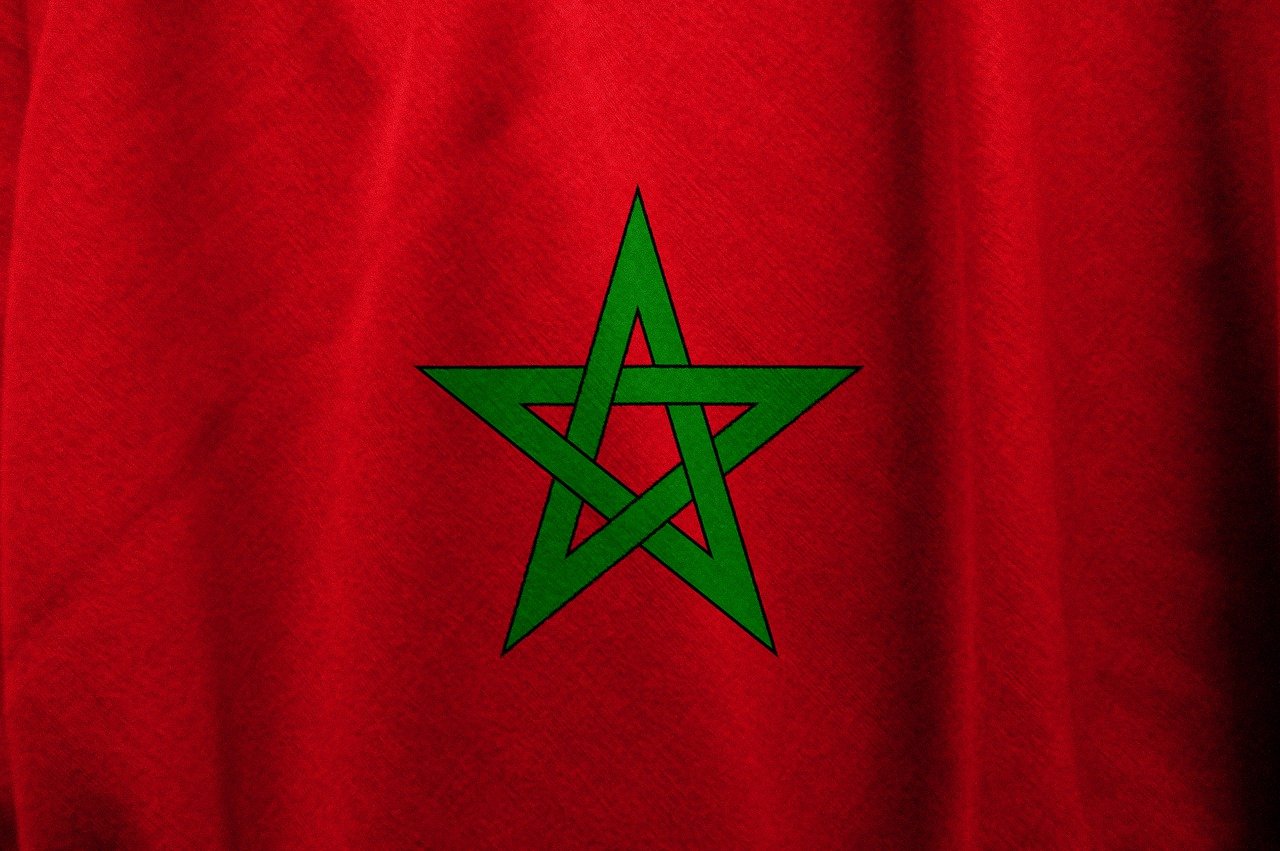
A constitutional monarchy is a monarchical regime where there is a division of powers.
Constitutional monarchy is a form of government that, unlike other monarchical regimes, is based on the division of powers . In this way, although the monarch has executive power, there is a parliament or an assembly that is responsible for the exercise of legislative power.
Due to its characteristics, constitutional monarchy is distinguished from absolute monarchy , in which there is no separation of powers . It also differs from parliamentary monarchy , a system that places the king in a symbolic role since the executive power comes from the legislative power.
Characteristics of the constitutional monarchy
The characteristics of constitutional monarchy vary depending on the country, although there are some traits shared by all models of this type. The division of powers is always present since otherwise it would be an absolute monarchy; Typically, the king is in charge of appointing the government team.
The actions of the monarch , on the other hand, are limited by what is established by the Constitution . This means that it does not have complete freedom to act, but must respect the limits set by the nation 's legal system.
As for the legislative branch , generally its members are voted by citizens in elections. In this way, although the king comes to the throne by inheritance and not by the decision of the people, the inhabitants have participation in political decisions through those who represent them in the legislative power.
Although the rule of law exists in a constitutional monarchy, it is difficult to consider it as a full democracy , at least from a theoretical level. Citizens can exercise sovereignty only partially, since the sovereign is the king who accesses the Crown as heir to a dynasty .
It must also be considered that a constitutional monarchy is a kingdom and not a republic . In republics, the highest authority is elected by parliament or by the inhabitants through suffrage and exercises executive power for an established period.

Thailand is a country that is currently organized as a constitutional monarchy.
The origins
The origins of the constitutional monarchy lie in the kingdoms of the Hittites . This town existed between the 17th century BC and the 12th century BC. C. , being predominant in the Anatolia region.
The Hittite king shared power with the panku , a type of council or assembly made up of members of the nobility. These nobles, in turn, assumed the representation of their subjects.
It is interesting to add that the Hittite monarchs were not considered deities or descendants of gods. Society, on the other hand, was organized in villages governed by a council of elders that functioned in a manner analogous to what would be the judicial power today. For all these reasons, it is usually indicated that the Hittites were precursors of the constitutional monarchy.
The constitutional monarchy in England
The constitutional monarchy in England was born in 1688 , when James II was overthrown in the framework of the so-called Glorious Revolution . This movement marked the end of the absolute power of the monarch.
A James II lo sucedió William III of England, quien gobernó con las limitaciones fijadas por documentos como la Bill of Rights de1689 impuesta por el Parlamento. Según este texto, el rey no podía decidir la creación ni la eliminación de impuestos y leyes sin contar con la aprobación parlamentaria. Por otro lado, se determinó que los parlamentarios debían ser elegidos de manera libre.
The United Kingdom is currently considered to be a parliamentary monarchy. Parliament is divided into the House of Lords and the House of Commons , with the members of this second chamber elected by the citizens. To become laws, the regulations approved by Parliament must have the consent of the king, whose role is rather ceremonial .
The prime minister , on the other hand, is the head of government. His appointment corresponds to the king, although following the majority will of the House of Commons . This prime minister is in charge of electing the Council of Ministers .

In Morocco there is a constitutional monarchy.
The case of France
In French territory, a constitutional monarchy was established in 1791 . That year, the first written constitution of this nation was promulgated, which had the endorsement of King Louis XVI .
This Constitution of 1791, born within the framework of the French Revolution, determined the division of powers, with an assembly in charge of the legislative power. Executive power remained in the hands of Louis XVI , who could appoint and dismiss ministers but did not have the power to legislate.
This constitutional monarchy ceased to exist in 1792 following the decision of the legislative assembly to abolish the monarchical regime to create the first French republic, which lasted until 1804 . Between 1830 and 1848 , however, there was also a constitutional monarchy in France : while legislative power fell to a two- chamber parliament, executive power was then assumed by Philip I of France .
Constitutional monarchies today
Currently there are several constitutional monarchies. Most are classified as ceremonial monarchies since the real (political) power of the king is limited, instead assuming relevant functions at a cultural and social level. This happens in Cambodia and Thailand , for example.
In executive constitutional monarchies, on the other hand, the monarch continues to have an important share of political power. Liechtenstein , Jordan , Bahrain , Bhutan and Morocco are often mentioned in this set.
In any case, sometimes the boundaries between constitutional monarchy and parliamentary monarchy are blurred or are not considered by analysts. Therefore, when a broader or general view is adopted, the United Kingdom , Spain , Belgium , Norway , Sweden , Denmark , Luxembourg , Monaco , Japan , Lesotho , New Zealand and Australia , among other countries, are included in the group of constitutional monarchies.
